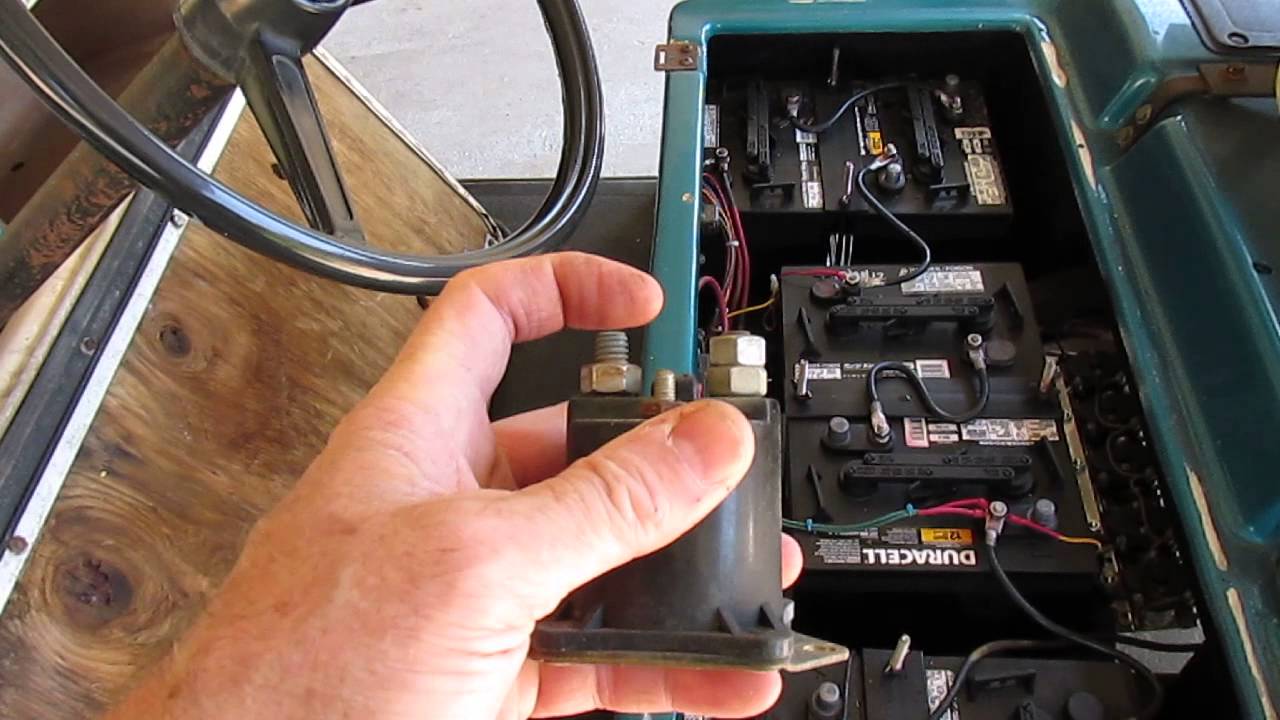-
Shopping Tools
-
Care & Maintenance
-
About
-
Dealer Login

Choosing the right controller can unlock speed, torque, and smoother throttle feel for your 48V golf cart—without sacrificing reliability.
On a 48V platform, the speed controller is the “traffic cop” that meters current from the battery pack to the motor. Upgrading it can raise usable torque, improve hill performance, and—when matched correctly—lift top speed. The best unit for you depends on goals (more speed vs. more pull), motor type (DC series, sepex, or AC), and supporting parts like cables, solenoid, and batteries.
If “buttery” throttle feel and precise low-speed modulation are your goals, sine-wave AC controller systems—such as a Navitas AC conversion kit—typically offer the smoothest, most precise control. They manage motor torque with finer resolution than most DC setups, which you’ll notice during creeping maneuvers, hill starts, and tight path driving.
Which is “best”—Navitas TSX3.0 or Alltrax SR?
For DC setups, both are strong choices. The TSX3.0 emphasizes app-based customization and high-amp options; the SR line is renowned for durability and straightforward programming. Your motor type and tuning preferences often decide the winner.
When is an AC kit worth it?
If you want the smoothest throttle, cooler running at higher output, and a clear upgrade path for top speed and hill torque, a matched AC kit is hard to beat. It’s a bigger investment, but performance and drivability gains are substantial.
Will a higher-amp controller always make me faster?
It increases potential torque. True top-speed gains also depend on motor rpm capability, gearing, tire diameter, and controller settings. Don’t overlook system balance.
The best controller for your 48V golf cart hinges on goals and supporting parts. For DC, Navitas TSX3.0 and Alltrax SR are proven performers when paired with proper cables, solenoid, and a strong battery pack. If you’re pursuing premium smoothness and headroom, a Navitas AC conversion kit delivers a top-tier experience. Define your target, match components carefully, and tune conservatively—you’ll get faster, stronger, and smoother results that last.
